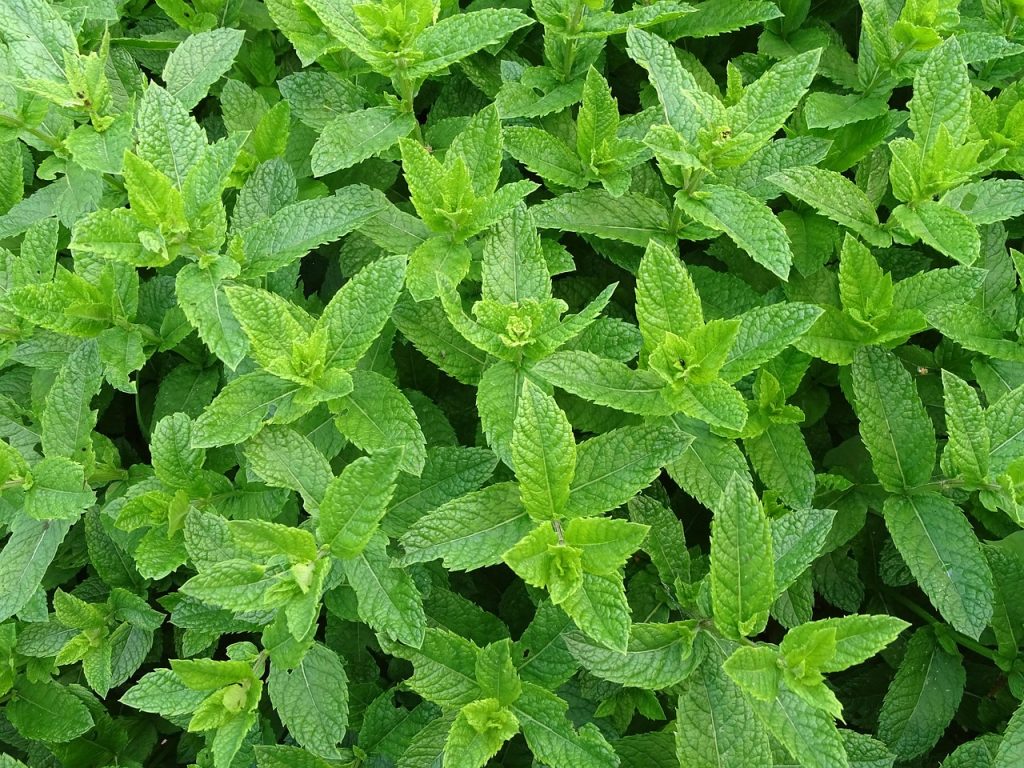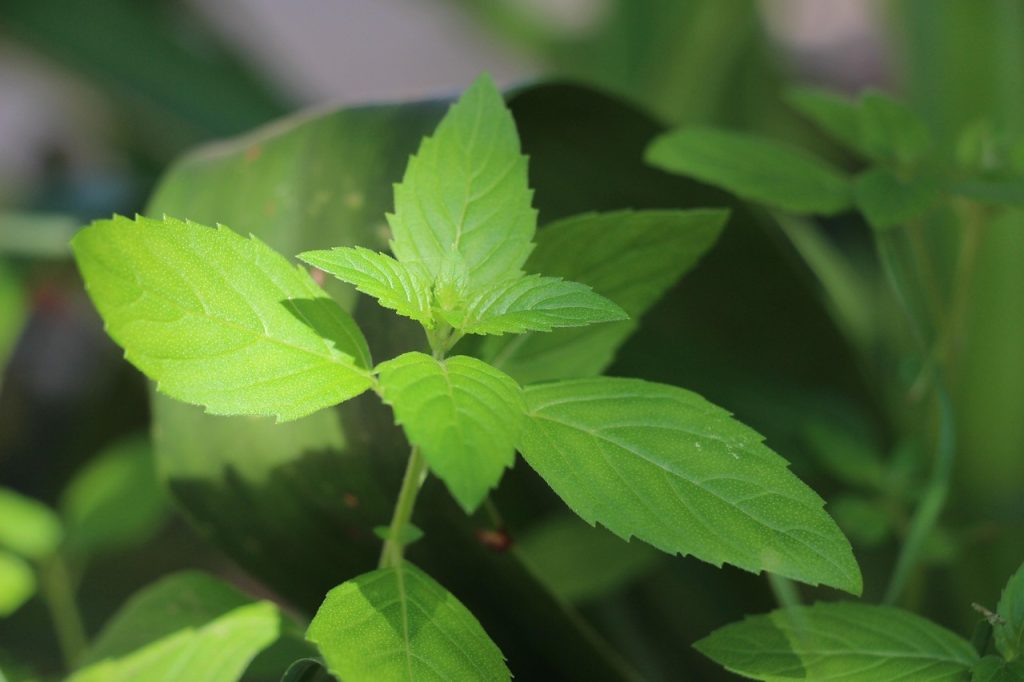Mint, with its refreshing aroma and versatile uses, is a staple in kitchens and gardens worldwide. Known for its invigorating scent and flavor, World of mint is not only a popular culinary herb but also a beneficial plant for gardens. Whether you’re looking to spice up your dishes, make your garden more fragrant, or even explore natural remedies, mint offers a myriad of possibilities.
History and Origin of Mint
Mint belongs to the Lamiaceae family, which also includes basil, rosemary, and lavender. The plant has a rich history, with its use dating back to ancient civilizations. The Greeks and Romans used mint for its aromatic properties, while the Egyptians revered it for its therapeutic benefits. Originating in the Mediterranean region, mint has spread globally, adapting to various climates and becoming a garden favorite.

Appearance and Varieties of Mint
Common Mint Varieties
Mint comes in several varieties, each with unique characteristics:
- Peppermint: Known for its strong, peppery flavor, peppermint is often used in teas and desserts.
- Spearmint: With a milder taste, spearmint is popular in savory dishes and beverages.
- Apple Mint: This variety has a fruity undertone and is often used in fruit salads.
- Chocolate Mint: As the name suggests, this variety has a hint of chocolate flavor, making it ideal for desserts.
Physical Characteristics
Mint plants typically have square stems, opposite leaves, and a sprawling growth habit. Their leaves are bright green, oval-shaped, and serrated. During blooming season, mint produces small flowers, ranging from white to purple, which attract pollinators like bees and butterflies.
Ideal Growing Conditions for Mint
Light Requirements
Mint thrives in full sun to partial shade. While it can tolerate some shade, too much can lead to leggy growth. Ideally, World of mint should receive at least 4-6 hours of sunlight daily.
Soil Preferences
Mint prefers moist, well-drained soil with a neutral to slightly acidic pH. Adding organic matter, such as compost, can improve soil quality and drainage, promoting healthier growth.
Watering Needs
Regular watering is essential for mint, as it prefers consistently moist soil. However, avoid waterlogging, which can lead to root rot. Mulching around the base of the plant can help retain soil moisture and reduce the need for frequent watering.
Temperature Tolerance
Mint is quite hardy, tolerating a range of temperatures. However, it thrives best in moderate climates. In colder regions, World of mint may die back in winter but will regrow in spring. In hotter climates, afternoon shade can help prevent wilting.

Planting and Propagation
Planting Mint
Mint can be planted in the garden or in containers to prevent its invasive spread. When planting in the garden, consider using barriers to control its growth. For containers, ensure they have good drainage holes.
Propagation Methods
Mint is easy to propagate through cuttings or division:
- Cuttings: Take a 4-6 inch cutting from a healthy plant, remove the lower leaves, and place it in water or directly in soil. Roots should develop in a few weeks.
- Division: In early spring or fall, dig up the plant and separate the roots into smaller sections, then replant.
Seasonal Care for Mint
Spring and Summer Care
During the growing season, regular pruning will encourage bushier growth and prevent flowering, which can make the leaves bitter. Fertilize with a balanced, water-soluble fertilizer to support healthy growth.
Fall and Winter Care
As temperatures drop, reduce watering and allow the plant to enter dormancy. In areas with harsh winters, mulch can protect the roots from freezing temperatures. For container plants, consider moving them indoors or to a sheltered location.
World of Mint: Common Problems and Solutions
Pests
Mint is generally pest-resistant, but aphids, spider mites, and caterpillars can occasionally be a problem. Using insecticidal soap or neem oil can help manage infestations.
Diseases
Mint can suffer from rust, powdery mildew, and root rot. Ensuring good air circulation and avoiding overhead watering can minimize disease risk. If necessary, fungicides can be used for severe infections.
Real-Life Uses of Mint
Culinary Applications
Mint is a versatile herb in the kitchen. It’s used in dishes ranging from refreshing salads and sauces to desserts and beverages. World of Mint leaves are also a staple in Mediterranean and Middle Eastern cuisines.
Medicinal Benefits
Mint has been used in traditional medicine for its digestive benefits, helping to relieve indigestion and nausea. It also has anti-inflammatory properties and can be used in teas or oils for soothing headaches and muscle pain.
Other Uses
Beyond the kitchen, World of mint is used in cosmetics and aromatherapy for its refreshing scent. It’s also an effective natural pest repellent, deterring ants, mosquitoes, and rodents.
Mint FAQs
Containing mint in pots or using root barriers can prevent its invasive spread.
Yes, mint can thrive indoors if placed in a sunny spot and watered regularly.
Yellowing leaves could be due to overwatering, poor drainage, or nutrient deficiency. Adjust care accordingly.
Yes, mint is safe for daily consumption in moderate amounts, offering numerous health benefits.